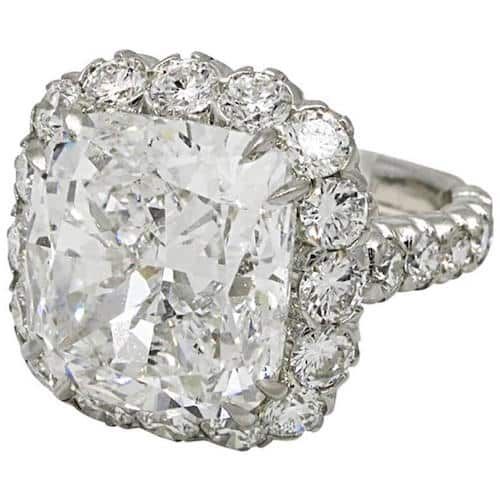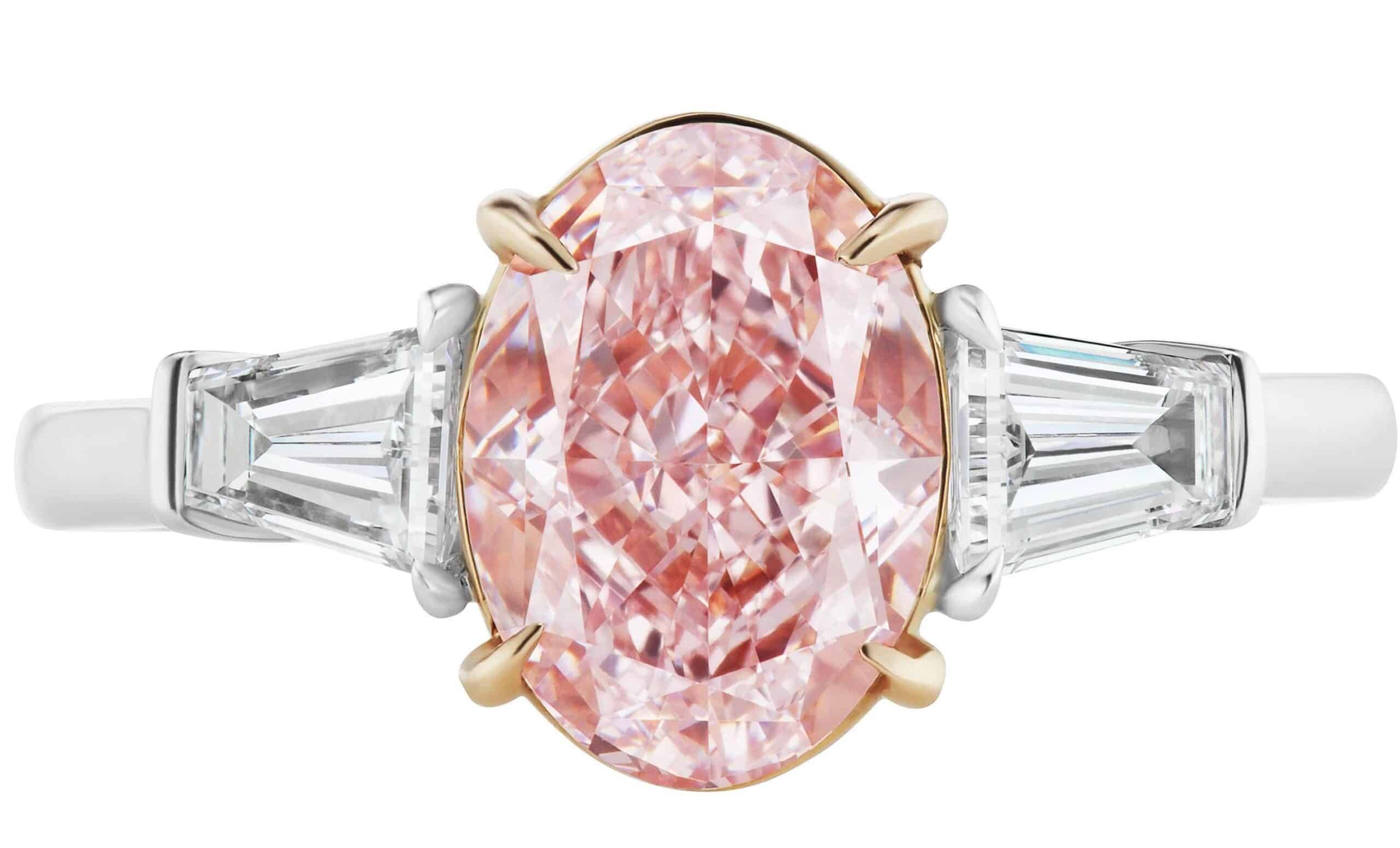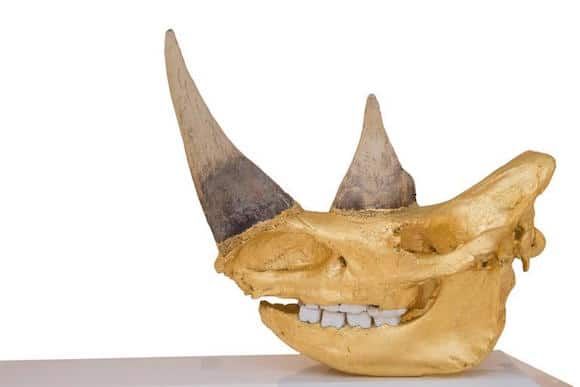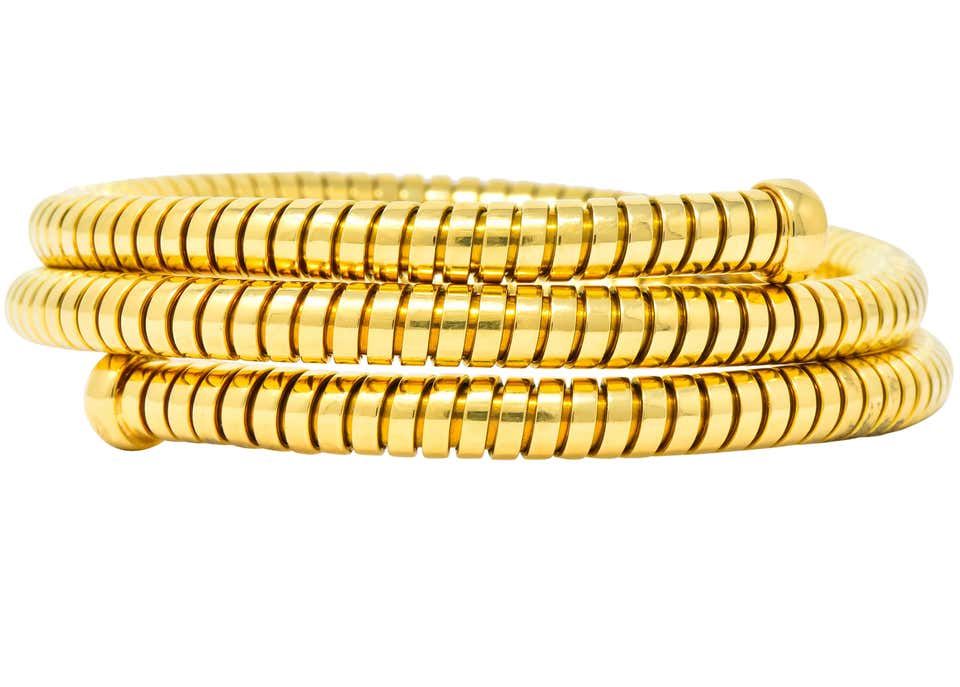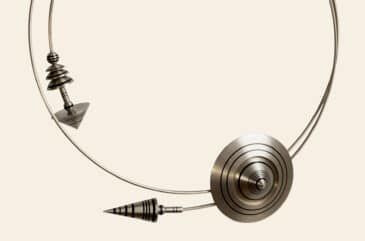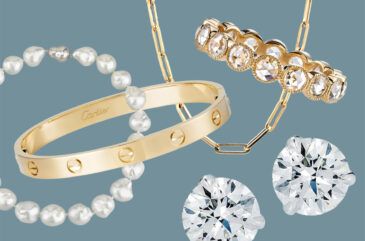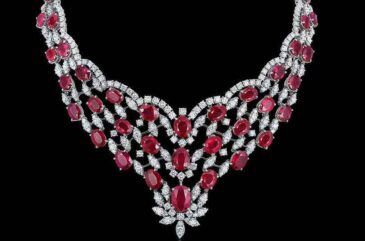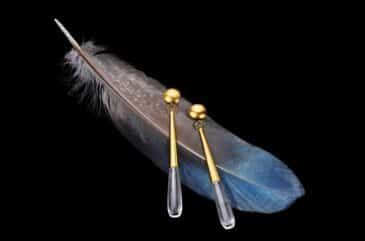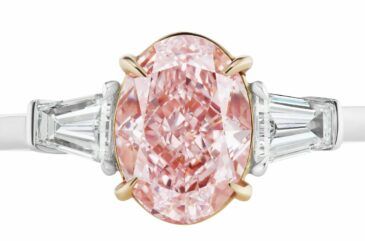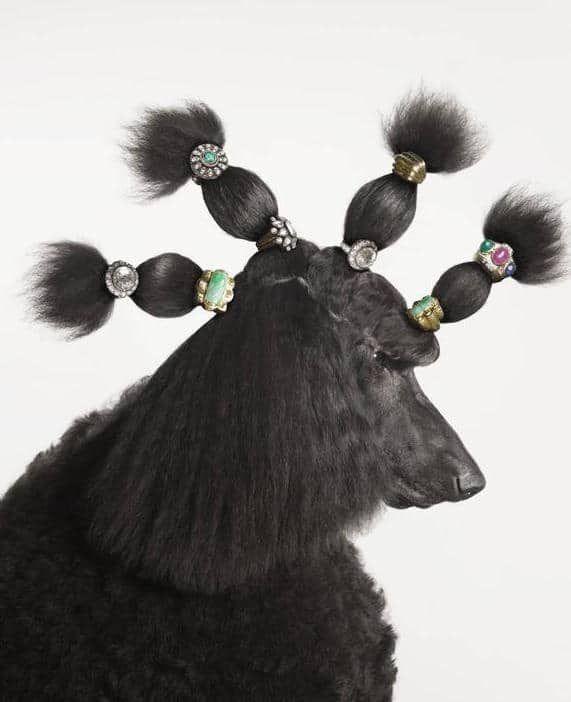
As any jewelry expert can tell you, there is a big difference between a karat and a carat. Oppi Untracht’s guide Jewelry: Concepts and Technology, which is the equivalent of a bible for jewelers, explains that carat is the unit of weight measurement for precious stones, and karat is used to describe the proportion of gold content to that of alloying metals in a particular alloy. (The other carrot is a root vegetable often sold in one-pound bunches with tops.)
Carat
The term carat originates from the bean of the Mediterranean carob tree, which grows in the form of a long pod containing small seeds. Untracht explains that “[b]ecause of their uniformity of weight, these seeds were long ago adopted as a standard of weight for precious substances.” According to the International Metric Carat measuring system, one carat equals 200 milligrams. The carat is divided into four grains, each 50 milligrams, sometimes called carat grains. A carat can be divided into 100 points, so a 60-point diamond weighs 0.60 carats. We have come to recognize the abbreviation C or ct. to stand for carat, and it is used for gemstones, both precious and semiprecious, as well as pearls.
One thing to consider is that, even if two diamonds have the same carat weight, they may still be valued differently. This is all dependent on the famous 4Cs: cut, clarity, color and carat. A diamond’s cut gives it dimension and sparkle — it’s what we can see with the naked eye. According to the Gemological Institute of America, the cut gives us an “arrangement of facets needed to create an attractive face-up appearance.”
Next is the clarity of the stone. A diamond’s clarity refers to the presence or lack of inclusions. Diamonds are formed deep in the earth, so it’s only natural that they should have some imperfections or blemishes, sort of like a birthmark. Then there is color. Diamonds are supposed to be as pure as pure can be. A colorless diamond has the most value although, although often if a diamond is a bit yellow in tone, the naked eye just can not recognize it. If you are unsure about your stone, the Gemological Institute of America has its own grading scale for each of the 4Cs.
Karat
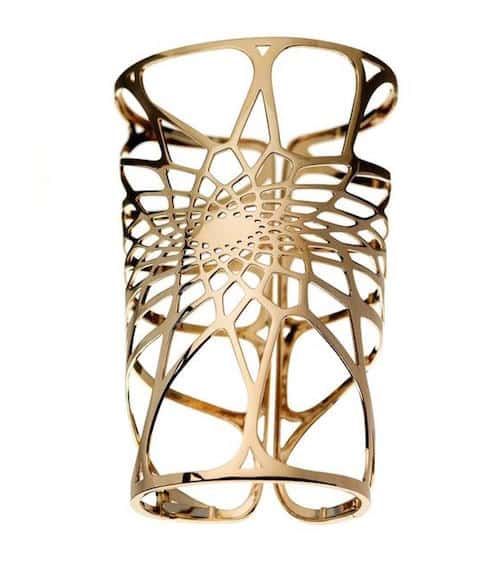
The abbreviation for karat is K, as in 24K gold. Which, if you didn’t know, is pure gold or 100% gold or fine gold. Pure gold is too soft to work with and therefore it needs to be alloyed with other metals to make it harder and suitable for wear. According to Untracht, “Anything below 24K are divided into 24 parts to express proportionate degree of fineness. One karat is a 24th proportion of total weight of the alloy. The remainder is the alloying metal. The gold alloy used in jewelry is described by karat and color. The colors of gold alloys generally fall into the color groups of red, yellow, green and white. Most colored alloys used in jewelry are ternary alloys, meaning the alloy contains three metals, most often, it is gold, silver and copper. Small amounts of other metals are added to create other colors.” In other words, 22K gold is 22 parts gold and two parts of other metals added as alloy, 21K gold contains 21 parts gold with three parts of other metals added, and so on.
If you are wondering what percentage of gold your beloved ring is, there is a (simple) way to test it without taking it to a jeweler. You can conduct a “touchstone” test, which can be purchased online. The kit comes with several vials of acid and yellow and white gold needles. Twenty-four-karat gold can only be dissolved with a strong acid, by testing different acids on different gold samples you can figure the purity of your gold. A quick tip, 18K gold is 75 percent gold mixed with 25 percent of other metals like copper or silver, etc. Also, most gold jewelry is stamped with the 18K or, even, 750 or 0.75 in recognition of the percentage of gold.
Most jewelers today in the U.S. work with either 14K or 18K gold, unless they specify that their jewelry is made of high-karat gold like 20K or 22K. In Europe, 18K gold is most popular and in India nothing less than 22K gold is used.
Lovers of 1stdibs’ antique jewelry have also gotten used to seeing jewels that are made of low-karat gold. It is not uncommon to come across antique jewelry that is 10K. During the mid-Victorian period (1861–85), many pieces were made from 9K, 12K, and 15K. This was necessitated by a shortage of gold around this time and the popularity of mourning jewelry, which was made from Whitby jet and sometimes even hair. In the U.S., silver was discovered in Nevada in 1860, and its use in jewelry became more popular.
Now that you are equipped with all this knowledge, may you go out into the world and buy some jewels!
